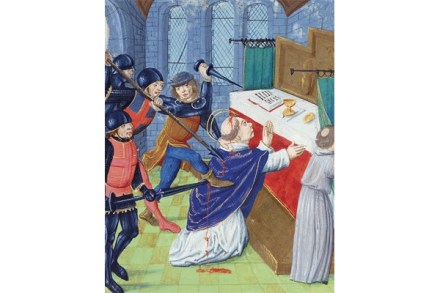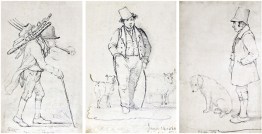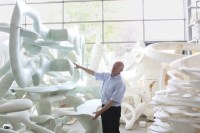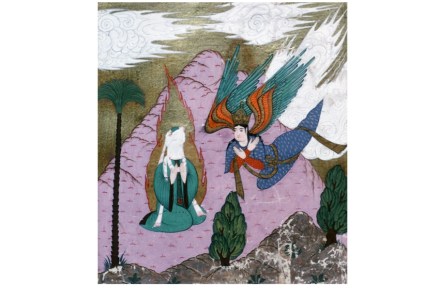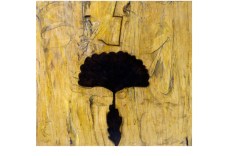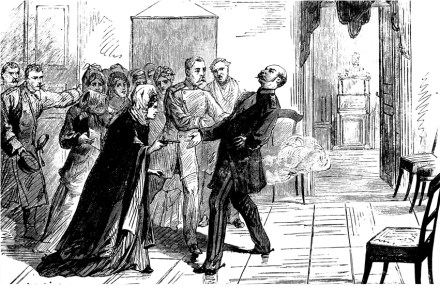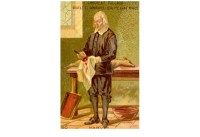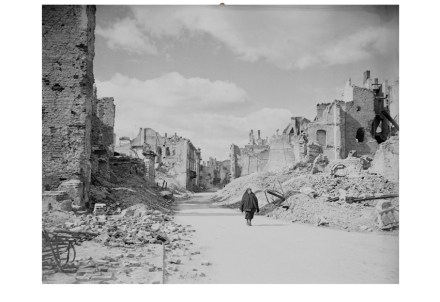Heroics and mock-heroics
‘Poets don’t count well,’ says Ian Duhig in his contribution to Jubilee Lines — an assertion unexpectedly confirmed by Carol Ann Duffy’s preface. Admittedly, if the book did contain one poem for every year since 1952, there’d be an annoyingly untidy 61. Even so, Duffy’s declaration that the Queen was crowned ‘on 2 June 1953, 60 years ago this year of 2012’ may come as a surprise. No less puzzlingly, we’re also told that in 1977 ‘the Queen had been on the throne for nearly a quarter of a century’, which makes the Silver Jubilee seem a bit ill-timed. Luckily, the Poet Laureate proves far better at putting together



